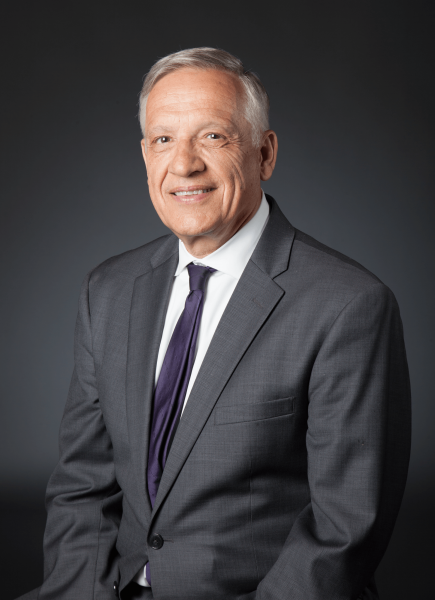Dean’s Message: Achieving Gender Parity
 As recently as 20 years ago, there were just three tenured women faculty in engineering here at USC, and the entering undergraduate class was barely 10 percent female. It wasn’t just at USC; this trend was global and persistent.
As recently as 20 years ago, there were just three tenured women faculty in engineering here at USC, and the entering undergraduate class was barely 10 percent female. It wasn’t just at USC; this trend was global and persistent.
Today, thanks to the accelerating changes around us and relentless efforts to change the conversation about engineering, the picture has changed dramatically. In fall 2019, USC Viterbi, for the first time in its history, achieved gender parity in its entering class, and exactly 50 percent of the incoming first-year students were women. This has continued a systematic, ascending trend over the last several years that is changing the face of engineering at USC. USC Viterbi has the largest number of women engineering graduate students in the nation. And all our students today, regardless of gender, benefit from the exceptional teaching and research of our faculty, which now includes 37 women on the tenured or tenure-track levels — a more than 10-fold increase in just two decades.
There are many reasons for this dramatic and exhilarating turn, but none greater than the changing nature of engineering and technology — and the shift in the conversation about it. But I would be remiss if I did not mention the fundamental support to our mission during the last 20 years of the USC WiSE program (Women in Science and Engineering). Established by an anonymous gift, WiSE has provided support for all our efforts to attract, nurture and grow extraordinary engineering talent. Consider: In the last 12 years, 12 USC Viterbi faculty have earned the TR 35 distinction (a list of the world’s leading innovators under the age of 35, named by the “MIT Technology Review”). Eight of these USC Viterbi faculty are women. And in the last two years, two of our graduate students, also women, were named to this very selective list. WiSE has been a strong partner that has helped create a thriving ecosystem that has culminated in this and myriad other successes.
At USC Viterbi, we have also advocated for some time now the concept of Engineering+, namely that engineering today empowers all disciplines, from medicine to communications to education to the arts. We have been positioning engineering as the quintessential foundation for everything related to Maslow’s hierarchy of needs (for individuals, the society or the planet), whether in sustainability, health, security or simply the joy of life. And yes, engineers are essential contributors to the joy of life! This is dramatically changing the conversation about engineering.
We also stress the importance of developing the mindsets — along with knowledge and skills, of course — that underlie the need for constant innovation and renewal. And we understand that the extraordinary power of technology can have immense beneficial impacts on society. This change in the conversation is articulated in all our engineering education and research, in all our programs (from the Society of Women Engineers, or SWE, to AthenaHacks) and in all our outreach, including our thriving K-12 program. It is for these reasons that USC Viterbi has increasingly attracted extraordinary talent, from all parts of the country and around the world: diverse, bright, representative of the whole society and responding with imagination to its needs.
To celebrate these wonderful milestones, this issue of USC Viterbi magazine is dedicated to all Viterbi women and to their achievements in moving engineering education, research, impact and innovation to their next chapters. That could be through inspiring stories — such as Randi Burley’s journey to engineering education or Penelope Hocking’s pursuit of PAC-12 soccer honors while a student in computer science — through extraordinary research accomplishments and distinctions, or through university leadership, including the USC presidencies of Wanda Austin and Carol Folt.



